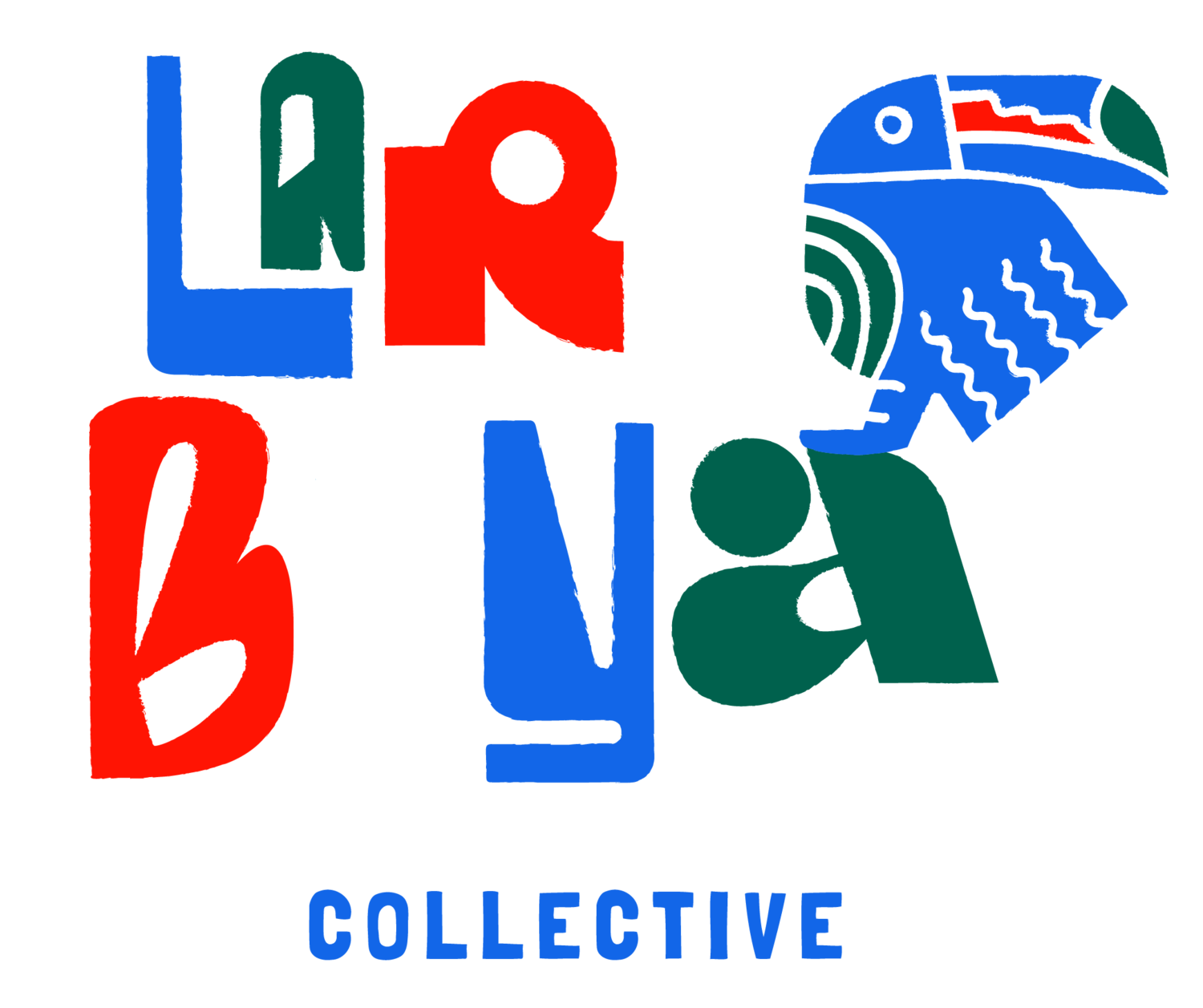
Keep Rockaway Safe
Make water safety education an essential right for all
The Laru Beya Collective, Surfrider Foundation NYC, and Swim Strong Foundation have come together to support a bill that will provide water safety education in schools (Senate Bill S2545A// Assembly Bill A4846). We believe that water safety education is an essential right for all!
When young people have access to water safety education, they learn how to act safely in and around water. By providing water safety education in schools, the socioeconomic and cultural barriers to accessing these resources can be lessened. Thus, laying the foundation for a more inclusive and safer recreational water community.
Support Senate Bill S2545A. Tell your elected official that water safety education should be accessible across schools in NY state!
Percentage of children that cannot swim
African American
70%
Latino
60%
Caucasian
40%
USA Swimming Foundation
Drowning is the leading cause of death for children 1 to 4 years of age
Drowning is the 2nd leading cause of unintentional death for children ages 1 to 14 years
and the 5th leading cause for people of all ages
Centers for Disease Control and Prevention, National Center for Injury Prevention and Control. Web-based Injury Statistics Query and Reporting System (WISQARS) [online]. [cited 2012 May 3]. Available from: URL: http://www.cdc.gov/injury/wisqars.
Swimming lessons could reduce childhood drowning by 88%
Brenner RA, Taneja G, Haynie DL, et al. Association Between Swimming Lessons and Drowning in Childhood: A Case-Control Study. JAMA Pediatrics.2009;163(3):203-210. doi:10.1001/archpediatrics.2008.563. http://archpedi.jamanetwork.com/article.aspx?articleid=381058
Drowning is a global health crisis and an average of 10 lives a day are lost in the United States due to drowning deaths. BIPOC children die from drownings at a much higher rate than white children. Systemic racism, racist stereotypes, and fear passed down from generation to generation are some of the reasons why many BIPOC children don’t know how to swim. In the United States, segregation as well as past and present laws kept BIPOC communities from enjoying swimming or learning how to swim at public swimming pools and beaches. Swimming was presented as an activity and sport for the privileged and was made inaccessible and unwelcoming to non-white people. Residential swimming pools were and still are more prevalent in white suburban neighborhoods in comparison to neighborhoods with higher BIPOC populations.
This history of bias has led to the lack of representation of BIPOC people in swimming and aquatic activities. The perpetuation of racist myths like “Black people can’t swim” or “Black people can’t float,” further enables a bias that has resulted in the unnecessary loss of lives. A fear of water also prevents access to the joy that comes from a connection to water, the ocean and nature. It is our belief that increasing safe access and enjoyment of our waterways will also foster a responsibility and desire to protect these valuable resources.
In addition to saving lives, by tackling the inequities at the root of the issue—the inaccessibility and lack of water safety education—we believe that we can cultivate more inclusivity and justice in the water recreation and ocean conservation communities.
Donate and Volunteer for Local Causes
Please join the movement and advocate for water safety education in schools! There are many ways to support and donate. We need your help to provide access to water safety education to all New York State residents.
Swim Strong
Swim Strong Foundation is a 501c3 that reduces unintended drowning and water based accidents through the teaching of water safety educational programming and strong swimming skills.
Laru Beya
Laru Beya Collective exists to provide a safe and welcoming environment for surf education and community for the historically excluded youth and BIPOC surfers in Far Rockaway and NYC.
Surfrider NYC
Surfrider Foundation NYC is an environmental organization that advocates for the protection and enjoyment of our ocean, waves and beaches through a powerful grassroots activist network.





